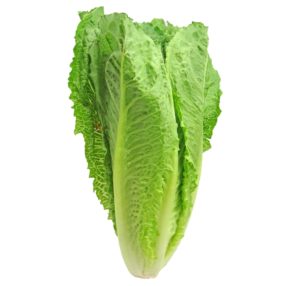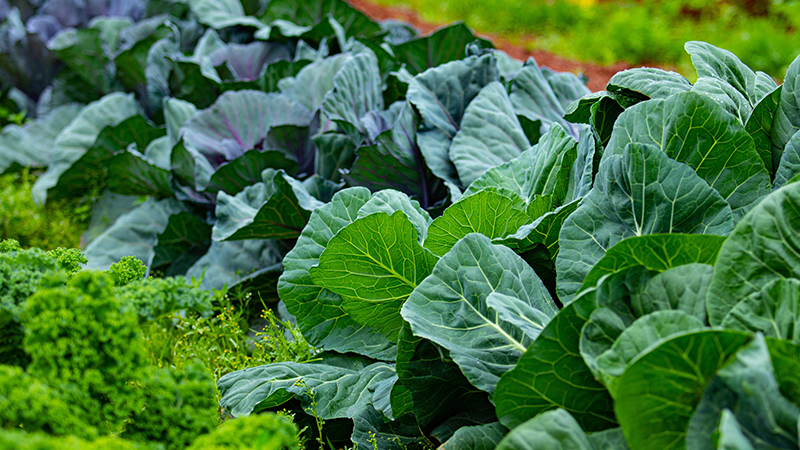What’s the Missing Piece in Food Safety? [Opinion]

What further steps can we take to keep raw vegetables safe for consumers?
In the fourth “Star Trek” movie, the Enterprise goes back in time to 1984. In one scene, Dr. McCoy passes a dialysis patient in a hospital hallway. He gives her a pill, which cures her.
“What is this, the dark ages?” he asks.
As I worked on the American Vegetable Grower December 2018 cover story the past few months, this scene came to mind. I wondered what food safety practices will strike future generations as shockingly primitive. And what future methods would feel like science fiction to us today?
Two New Ideas to Watch
From the “Star Trek” perspective, today’s food safety is primitive.
When the Food Safety Modernization Act (FSMA) became law, the industry thought that would lessen outbreaks. Instead, we’ve had 30 Shiga-toxin E. coli outbreaks since 2009.
The FDA and Leafy Greens Marketing Agreement have made important recommendations that should go a long way to preventing and shortening future outbreaks.
The steps suggested, however, are amped up versions of what’s already in place. The industry will need something more.
There are a couple things I’ve heard about this past year that may help us reach our food safety goals.
Idea #1: Better Lettuce Wash
At the inaugural Growing Innovations event in November, Leonard Batti, Vice President of Taylor Farms, mentioned a new wash product that is close to getting FDA approval. It will be a kill step without using heat or inedible chemicals. If it lives up to its potential, it could revolutionize leafy greens.
Idea #2: A Dedicated Go Team for Outbreaks
During the United Fresh Washington Conference, Jennifer McEntyre, M.D., and Vice President of Food Safety and Research at United Fresh, talked about an idea of that would address the drawn-out bureaucratic tangle involved with outbreaks.
The first signs of an outbreak start off at the local level, move to the state, and then on to national agencies like the Centers for Disease Control and FDA. By that time, hundreds can be sickened.
McEntyre’s proposal is to create a go-team similar to the National Transportation Safety Board, which is deployed anytime there is an air disaster. These hand-picked specialists would be on call to begin investigating an outbreak from the beginning instead of waiting for weeks-long bureaucratic hoop-jumping.
The leafy greens industry has taken difficult steps to make its produce safer. It may never be possible to get fresh produce to a point where outbreaks never happen. But if it is, it will involve a revolutionary new approach, one that will make all of today’s heroic efforts look antiquated.
Exciting Ideas Shared at Growing Innovations…
November saw the launch of a brand-new event, Growing Innovations (GrowingInnovations.com). This first-of-its-kind two-day conference and expo (produced by MEISTER | NXT, a joint venture of Meister Media Worldwide and and NXT Events Media Group) brought together progressive growers and advisors from across the different segments of specialty agriculture. Attendees shared insights and practical solutions to some of the most pressing challenges facing fruit, vegetable, and ornamental growers.
Here are just a couple of the innovative solutions I heard about…
Heidi Centola, IBM Watson & Cloud Platform. IBM’s AI program, Watson, made news years ago when it beat Ken Jennings on “Jeopardy!”. Today, Watson is working on agricultural issues, gathering weather histories, harvest data, past pest pressures, and any other data related to a crop.
The IBM team is helping Watson learn as much about agriculture as it can. The hope is it will be able to recognize patterns we might miss.
Ed Treacy, Produce Marketing Association. Treacy gave insight into how the traceability and accounting system dubbed blockchain will transform how our industry operates. It promises to not only speed up traceback from days or weeks to mere seconds, but it will also help identify where the system breaks down and needs improvement.










